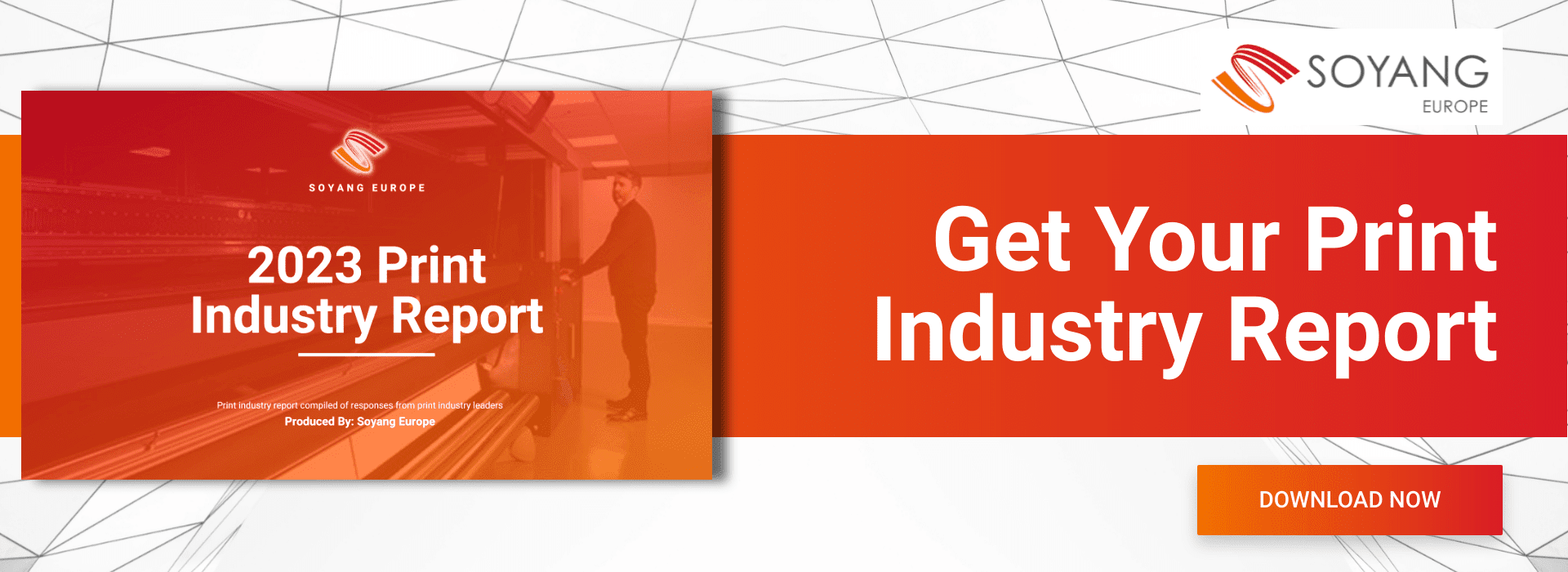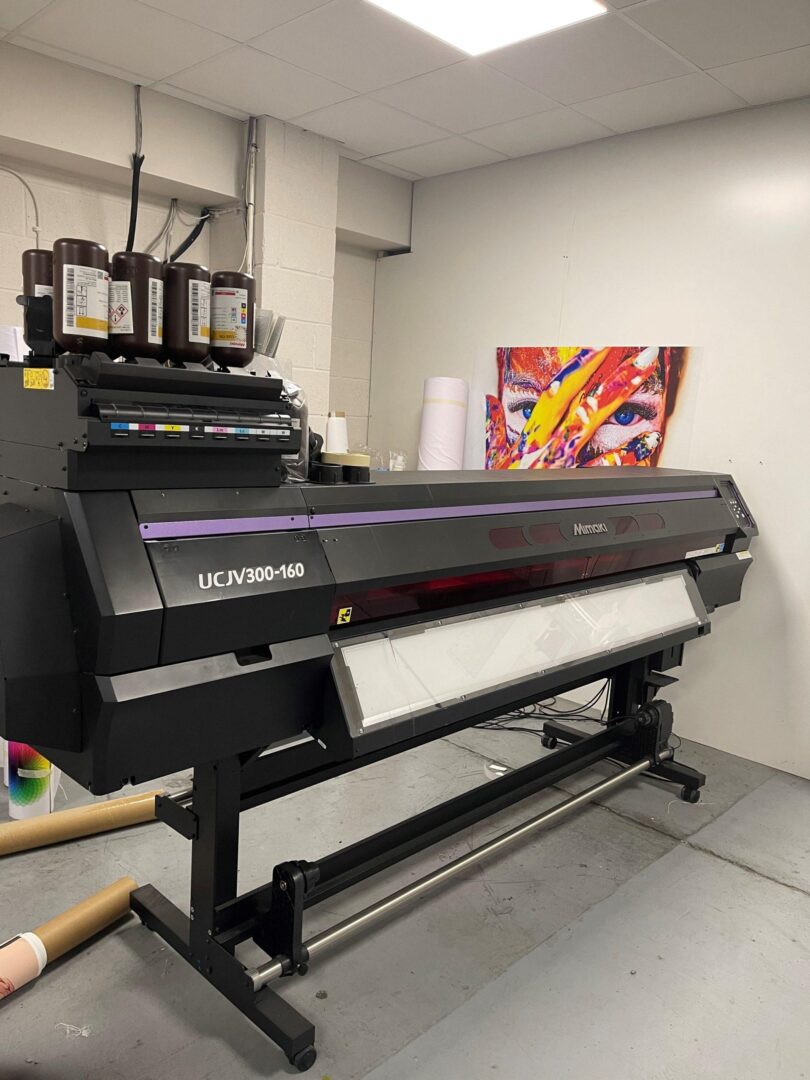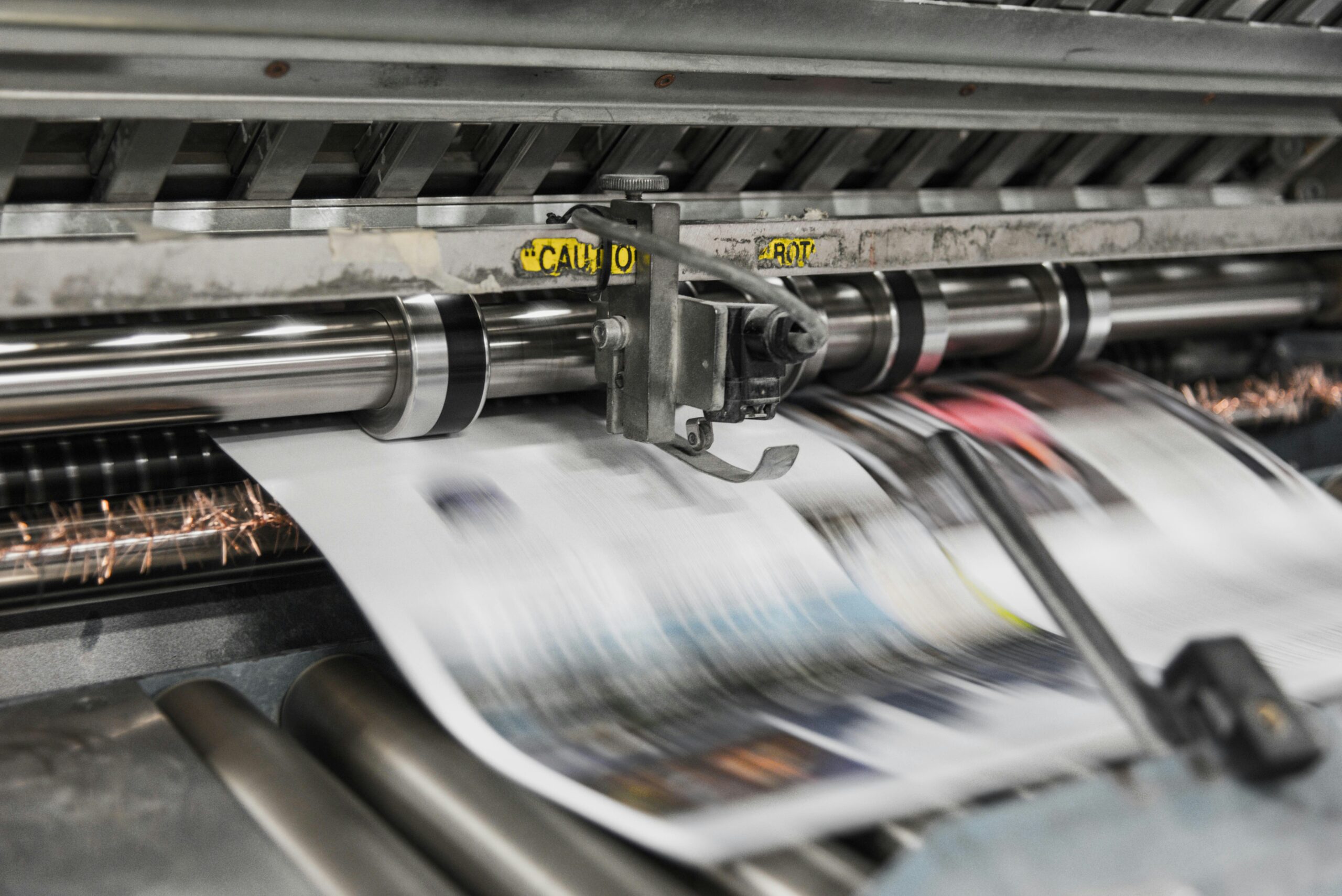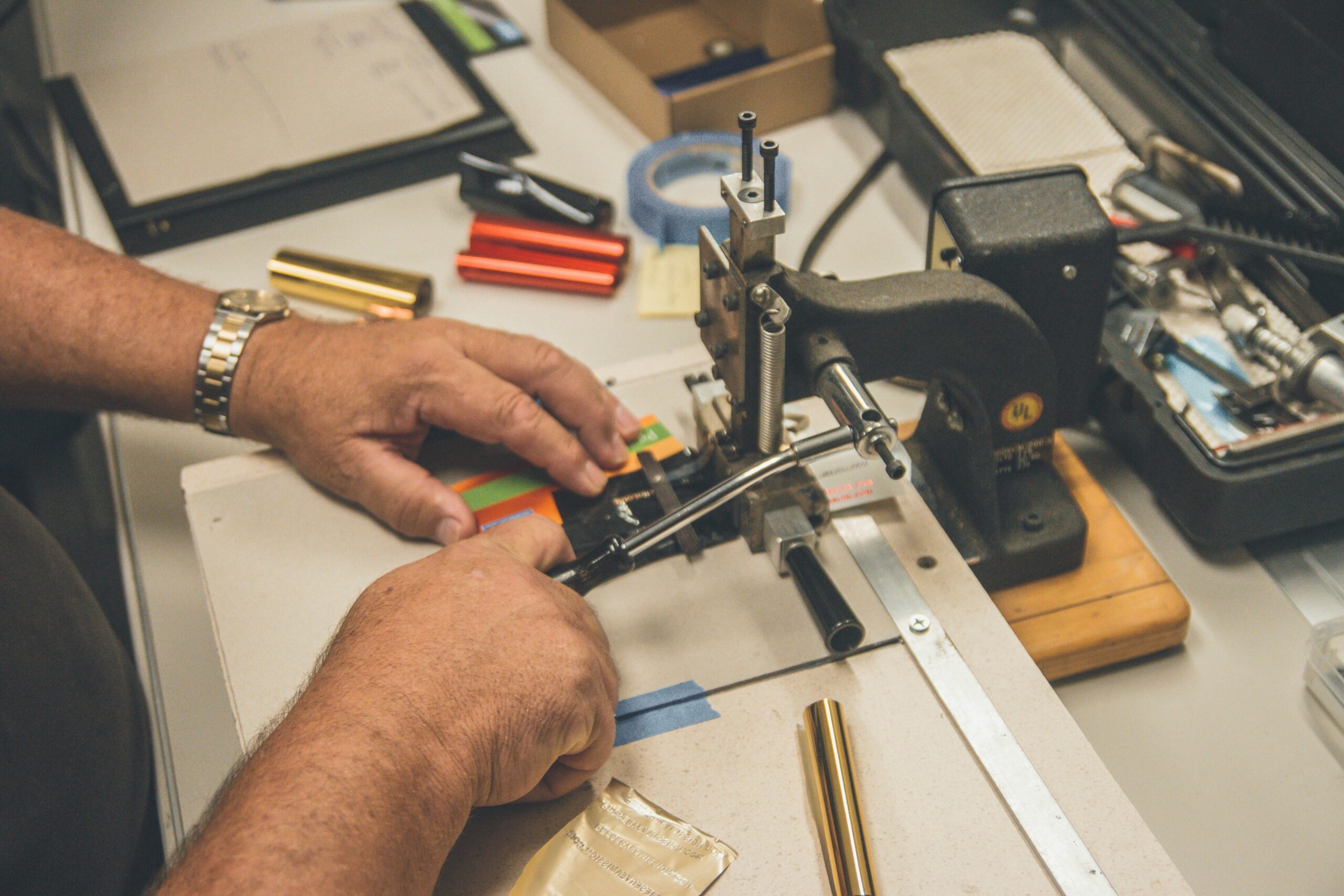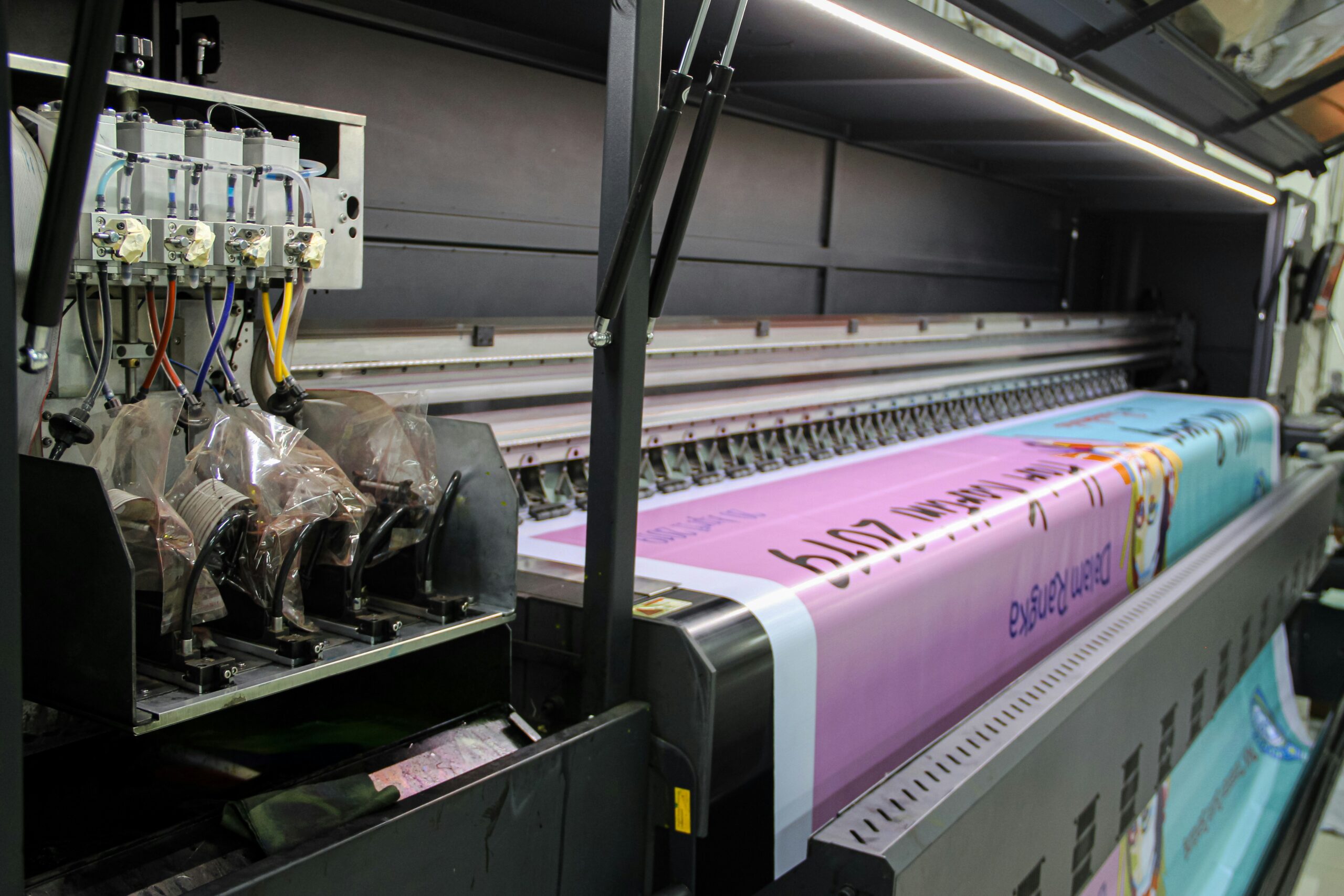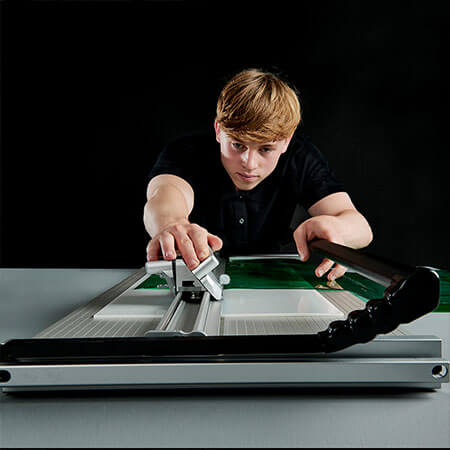Large format UV printing has come a long way in an incredibly short period of time. For vivid and rich print imagery UV printing is one of the most flexible and environmentally friendly print technologies. This guide to UV printing highlights when and where to use large format UV printing as well as the benefits of doing so.
What is UV Printing?
UV printing, as the name implies, instantly cures UV inks using high temperatures generated from UV lamps. Unlike solvent and latex printing, UV printing needs no additional curing time for degassing or drying. Instead the UV rays immediately activate the curing process and drying the ink, which means it can speed up print production. It is widely considered an economical solution for both single and shorter length print runs.
Digital UV Printing Technology
UV printing technology exhibits a high level of control and accuracy because it uses flexible print heads (manufactured from ceramics and crystals) which are controlled by electrical charges to deliver just the right amount of ink when and where needed. It also makes the actual print incredibly durable too as the UV light energy then triggers a chemical reaction which makes the ink instantly harden.
UV Printing Process
Digital UV printing means print heads are able to distribute perfectly formed spherical dots of ink to create very fine print quality and extraordinary layered finishes. This layering of ink provides unrivalled tactile effects like raised lettering, droplets or leathergrain finishes.
Using the standard CYMK colour palette with white and clear inks too, in both gloss and matt finishes can recreate photographic detail to high resolutions on a wide variety of material substrates.
Cool Running UV Lamps
It is also possible to protect heat sensitive materials like wood, film or thin PVCs using cool-running LED lamps. These lamps do not need extensive warm-up periods prior to usage making them environmentally friendly by consuming less energy and emitting only UV-A light.
When and Where to Use Large Format UV Printing
Large format UV printing are increasingly favoured in printable fabric, flooring, banner and signage choices. Graphics can cover big spaces and, depending on material, can be both lightweight and easy to transport or printed on strong, permanent features like billboards.
In particular, backlit graphics are an ideal medium for UV printing. In retail large display graphics are taking advantage of this digital print technology to provide unique imagery as well as benefiting from ambient light sources.
In fact the list of possible uses for large format UV printing is endless, these are just some of the more familiar ones:
- Banners
- Exhibition graphics
- Back-lit vinyl graphics
- Building/advertising hoardings
- Display stands
- Window clings
- Floor graphics
- Point of sale
- Free standing units
- Commercial packaging
Ideal Materials for UV Printing
Nearly all surfaces can be an ideal substrate for UV printing, however it isn’t possible to print on either oil-surfaced or waterproofed materials, due to resistant treatments and protective films. So regardless of your customer’s preferred print material, UV printing can effectively put image graphics on almost anything including:
- Acrylic
- Aluminium (including Dibond)
- Board (Vista)
- Canvas
- Ceramic
- Corrugated Board (A Flute to F Flute
- Flooring (Laminate, PVC, Textiles)
- Foam Board (Foamex/Foam PVC/Black Plastazote)
- Leather
- Glass
- Metal
- Mirri Board (Foil Laminated)
- Paper
- Perspex
- Re-board
- Tiles
- Wood (MDF/Hardboard etc)
- Vinyl
Floor coverings are also available using wide format UV printing both for vinyl and textile materials up to 3.2m wide. These can be used in both retail, commercial and exhibition uses. Although bespoke designs for flooring are also being increasingly used for domestic and interior design uses.


Advantages and Benefits of Large Format UV Printing
Digital UV printing technology can be incredibly versatile when it comes to small promotional or printing on retail products like packaging, credit cards, chinaware, furniture or any other irregular-shaped item.
However, the flexibility of UV printing really is endless and the benefits for large format UV printing cannot be ignored
Quicker drying time
When it comes to large format printing UV’s ability to dry quickly enables multiple print runs to be completed quickly. It outperforms other large format print technologies like latex and solvent in the drying/curing times.
Environmentally friendly
Unlike solvent printing, UV uses ink with fewer toxins and because of the heat drying process all of the ink is used rather than being evaporated like solvent inks. Less drying time means less time wasted. In fact UV printing can use up to 20% less ink than other large format print technologies.
Material choice
As indicated above the sheer versatility of UV printing is its advantage. There are few substrates that cannot be used to create vivid print images on. Whether it be small items or large sheet and roll materials, UV printing adds flexibility in colour and layering to build up custom textures.
Durability
UV printing is both waterproof and fade resistant and with each development in technology its hardness and durability increases making the printed surface scratch-resistant and lasting.
Conclusion
UV printing is currently growing in popularity, mainly due to its three main factors: firstly it is widely considered one of the most environmentally friendly print technologies; it also has one of the most vivid colour palettes, able to create the sharpest of graphics; and finally the flexibility of the available materials it can print on.
Ultimately, when it comes to printing on niche spaces, products or materials UV printing can be effective in maintaining superior results in less time, using a smaller carbon footprint.
